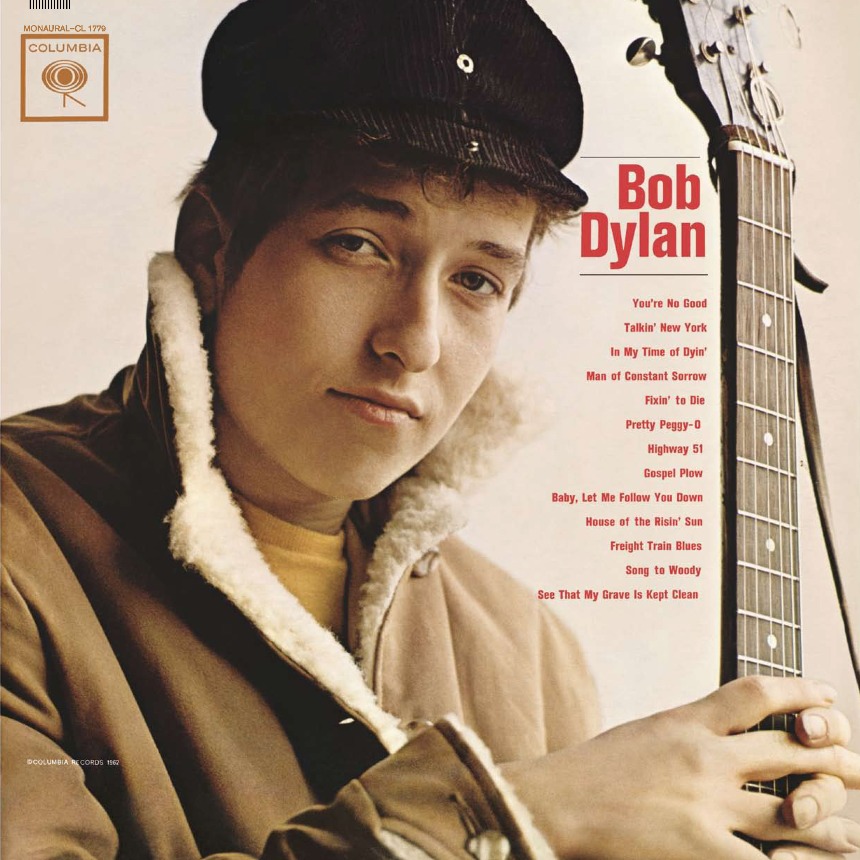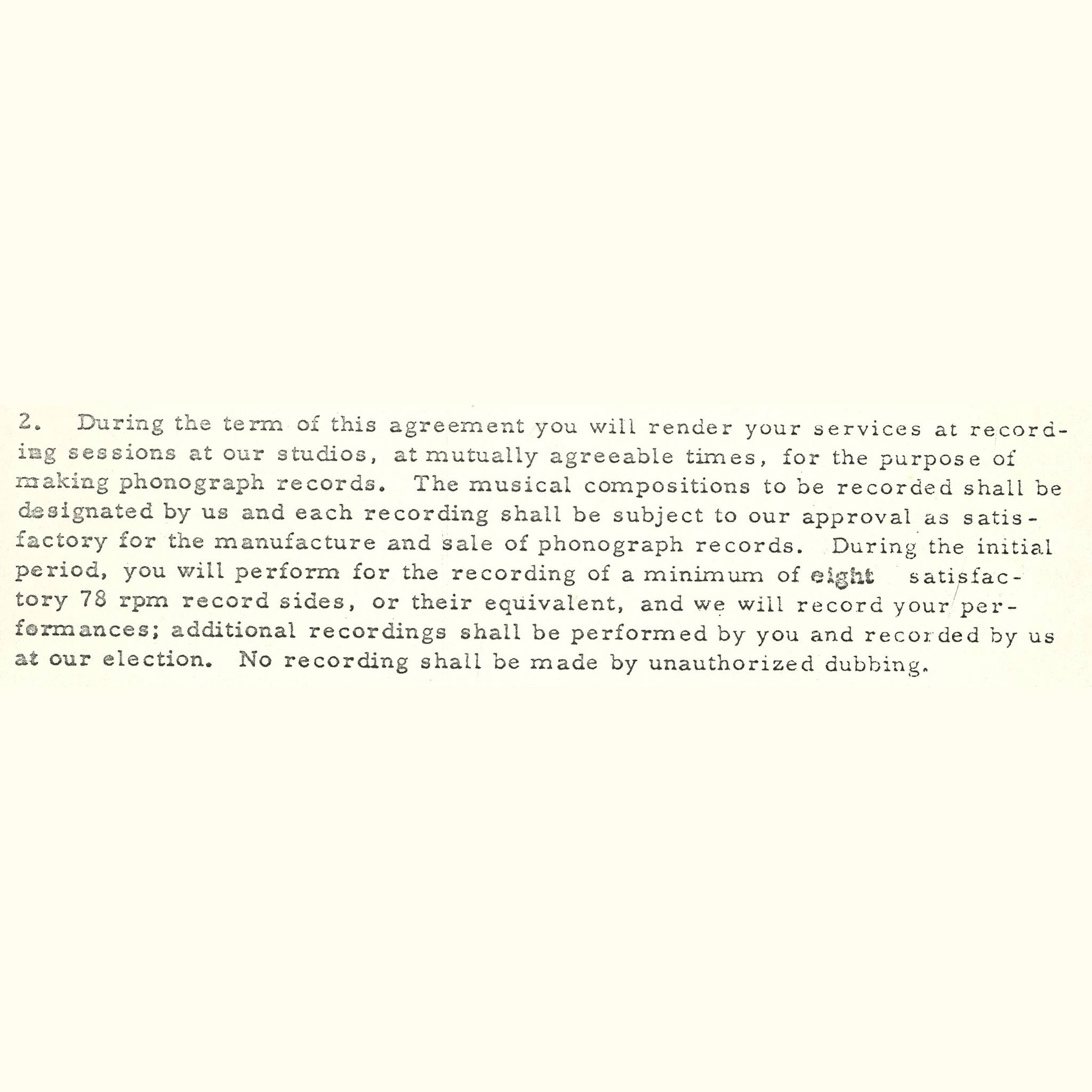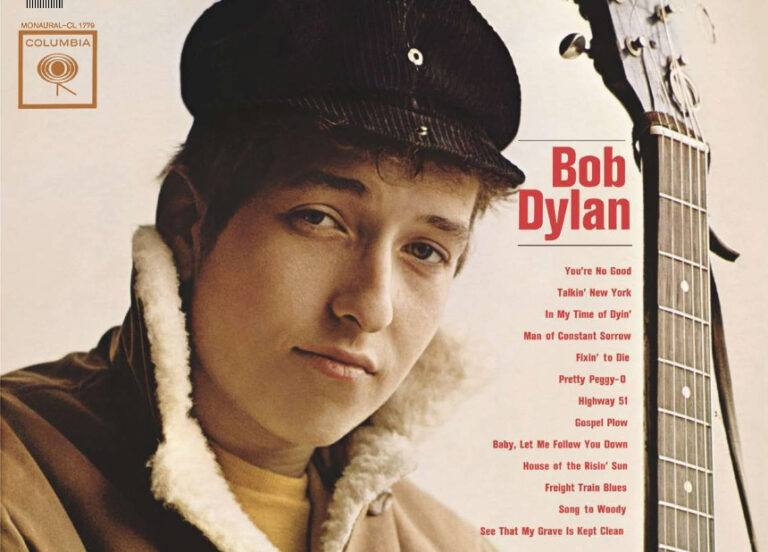 He was only 20 years old and had arrived in New York City in January of that year. By the time famed talent scout John Hammond – whose discoveries and artists he boosted to fame included Billie Holiday and Aretha Franklin and later Bruce Spingsteen and Stevie Ray Vaughan, to name a few – offered Bob Dylan a major label record deal 10 months later, Dylan had sparked a mighty buzz on the Greenwich Village folk scene.
He was only 20 years old and had arrived in New York City in January of that year. By the time famed talent scout John Hammond – whose discoveries and artists he boosted to fame included Billie Holiday and Aretha Franklin and later Bruce Spingsteen and Stevie Ray Vaughan, to name a few – offered Bob Dylan a major label record deal 10 months later, Dylan had sparked a mighty buzz on the Greenwich Village folk scene.
The first to hip Hammond to Dylan was his blues guitarist and singer son, John Hammond, Jr. The two first met on September 14, 1961 at a rehearsal for an album by folk singer Carolyn Hester that Hammond was producing. As he recalled, “I liked what I heard of him there so much I asked him to come up to the studio. I didn’t know that he did much singing, but I knew that he wrote. So I asked him to come up and I heard some of the things that he did, and I signed him on the spot.”
Well, not exactly on the spot. Soon after the two met, Dylan played a show opening for The Greenbrier Boys at Gerde’s Folk City on September 26. New York Times critic Robert Shelton wrote a review that appeared three days later. It noted that “Bob Dylan is one of the most distinctive stylists to play in a Manhattan cabaret in months… his music-making has the mark of originality and inspiration, all the more noteworthy for his youth. Mr. Dylan is vague about his antecedents and birthplace, but it matters less where he has been than where he is going, and that would seem to be straight up.” The review has often been credited with securing Dylan’s Columbia deal, but Hammond insists he had already decided to sign the young folksinger.

The one party that did sign on the spot was Dylan. As he wrote in his 2004 memoir, Chronicles Volume One, “[Hammond] put a contract in front of me, the standard one, and I signed it right then and there, didn’t get absorbed into details – didn’t need a lawyer, advisor or anybody looking over my shoulder. I would have gladly signed whatever form he put in front of me. He looked at the calendar, picked out a date for me [to record], told me what time to come in and think about what I wanted to play.” The deal is said to have taken place on Oct. 26 and included the following, “The musical compositions to be recorded shall be designated by us and each recording shall be subject to our approval as satisfactory for the manufacture and sale of phonograph records.” On November 20 and 22, Dylan cut his first album. The session cost $402.
In 1972, Hammond told Record World magazine: “I brought in Dylan and signed him, and this was over everybody’s dead body. One vice president at Columbia was annoyed at me because I had let Joan Baez go to Vanguard.”
Related: John Hammond – The “Lost” Interview: Signing Bob Dylan
Some in the Village folk community were envious or surprised or both that Dylan had won a deal with a major label so quickly. His self-titled debut album, Bob Dylan, came out on March 19, 1962. It only sold 5,000 copies on its first year on the market. Some at Columbia Records began calling Dylan “Hammond’s Folly.”
Folly indeed. All these years later Dylan still records for Columbia Records (he briefly left the label and released Planet Waves and a live album with The Band, Before the Flood, on Asylum Records in 1974, and then re-signed with Columbia). To date he has sold some 100 million albums, and remains a vital and ever-changing concert performer and recording artist as evidenced by 2020’s acclaimed Rough and Rowdy Ways album.
With his 2016 selection as the Nobel Prize winner for Literature, Dylan is also all but universally considered the greatest songwriter of our age.
Tickets to see Dylan perform are available here and here.

